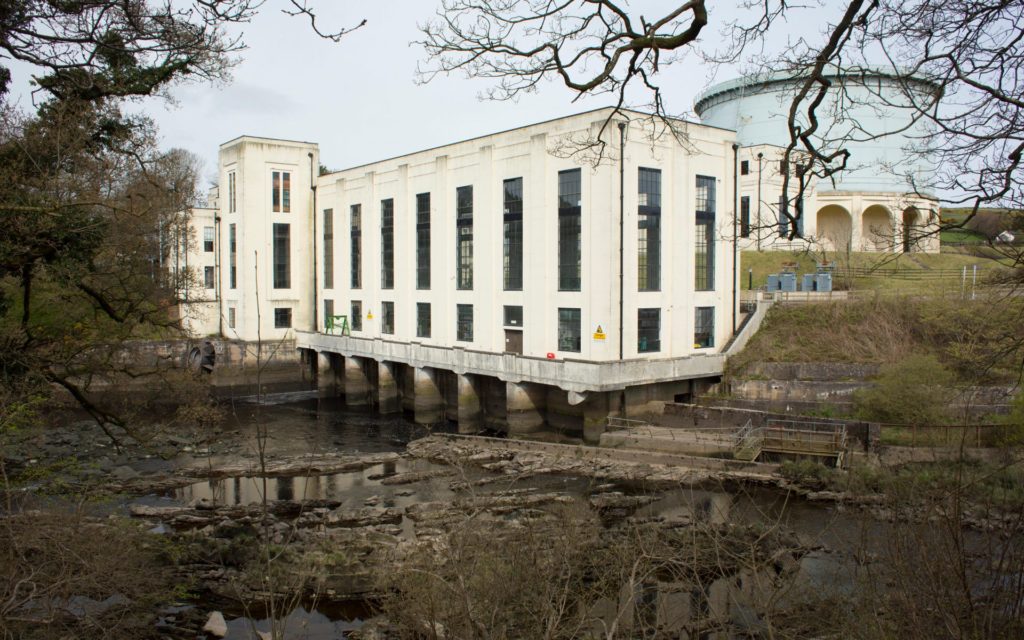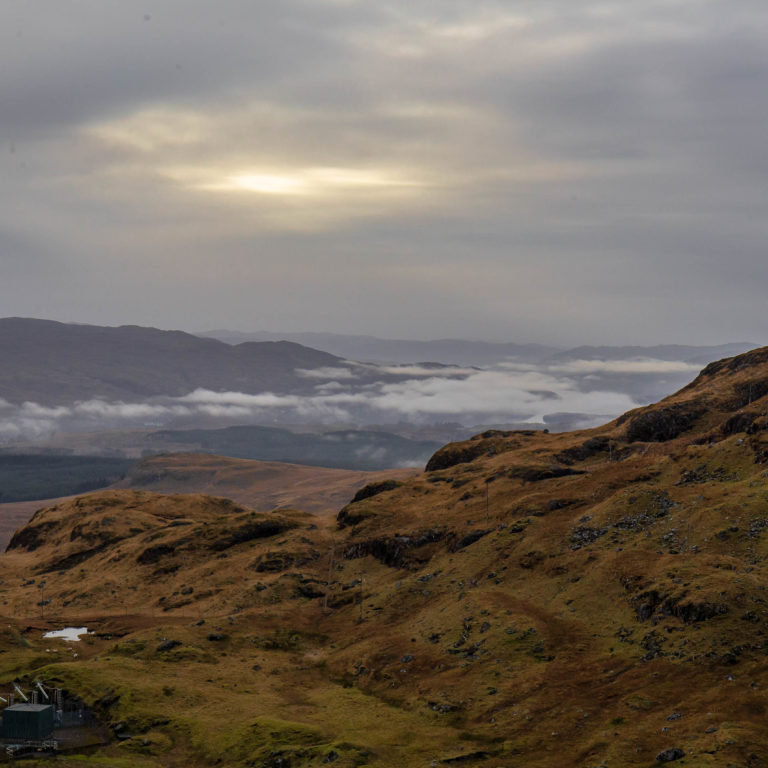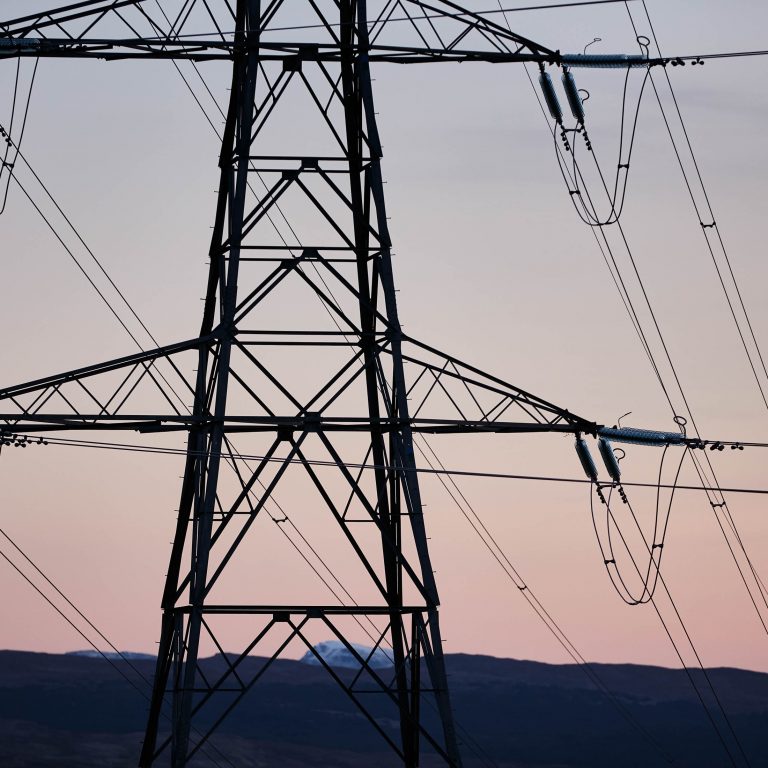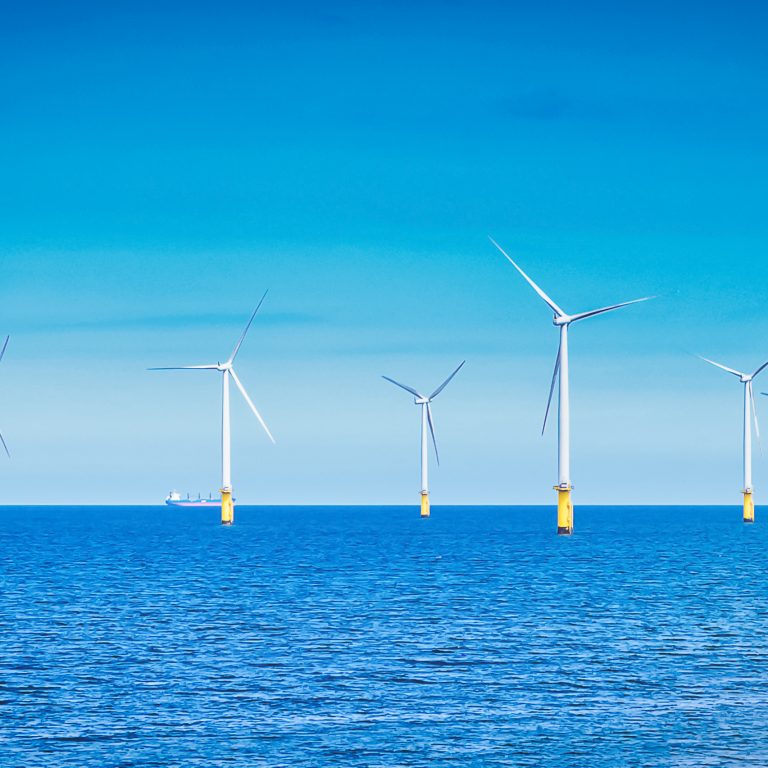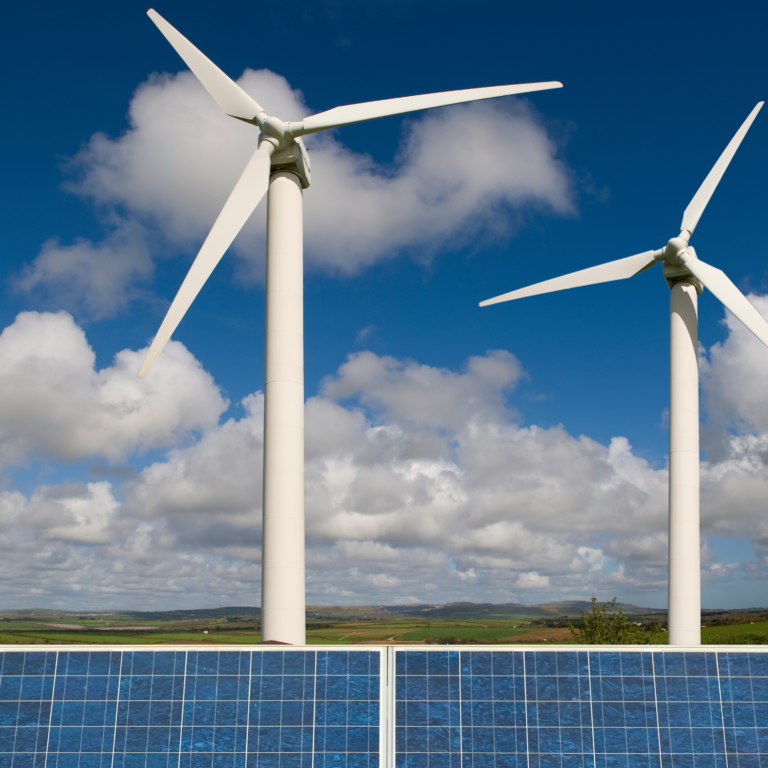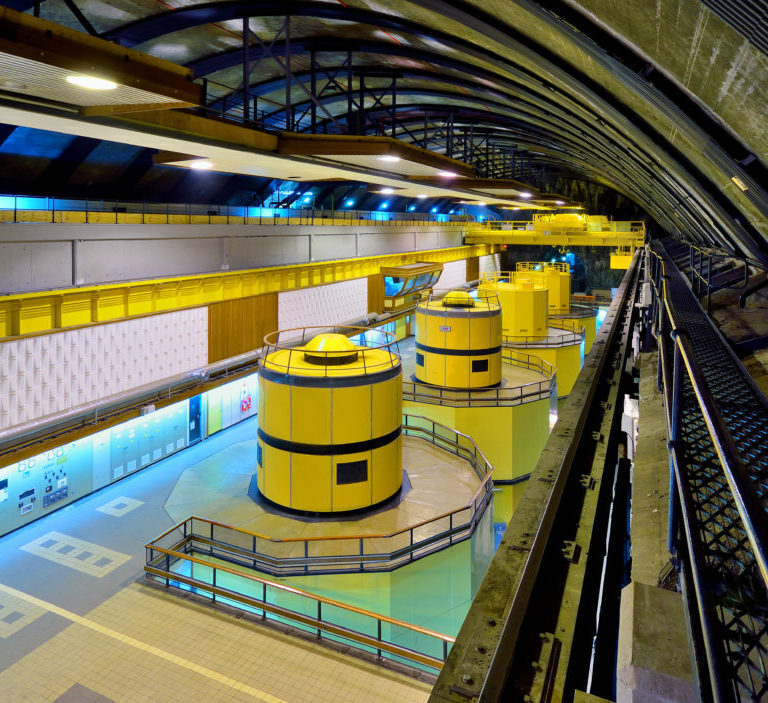Tongland power station, near Kirkcudbright, is part of the Galloway Hydro Scheme which was developed in the 1930s. The scheme has six power stations, eight dams and a network of tunnels, aqueducts, and pipelines which spans around 40 miles from north to south.
The project at Tongland is part of a wider £10m investment programme by Drax, which aims to protect and fully restore its historic hydro power stations.
As part of the refurbishment, Tongland Power Station’s exterior walls will receive a new concrete coating as well as a coat of mineral-based paint to protect the integrity of the building for decades to come.
The refurbishment works are being carried out by Gunite (Eastern) Ltd who are one of the country’s leading multi-disciplined specialist contractors.
Jim Cooper, Technical Sales Manager (Infrastructure) said:
“I know that I speak for everyone here at Gunite (Eastern) when I say that we are all very much looking forward to working in partnership with Drax Hydro to deliver this prestigious project.”
Mike Wynd, Drax’s Head of Hydro, said:
“The Galloway Hydro Scheme has been generating flexible, renewable electricity for almost 90 years, and this major refurbishment will ensure it continues to do so for many years to come.
“Scotland has a long and proud history of hydroelectricity, and with this series of multi-million-pound investments Drax is ensuring these power stations will play an important role for many years to come.”
Drax acquired the Galloway hydro scheme alongside the Lanark hydro scheme and the Cruachan pumped-hydro storage facility in Argyll in January 2019, helping to make the company a leading provider of flexible, low carbon and renewable power generation.
Media contacts:
Megan Hopgood
Communications Officer
E: megan.hopgood@drax.com
T: 07936 350 175
Editor’s Notes
- The Tongland Power Station refurbishment programme is scheduled to begin in September 2022 and be completed by May 2023.
- The paint used in the project is mineral based, and chemically bonds with the concrete to allow water to evaporate from the concrete.
- Prior to work starting at Tongland power station, it will be scaffolded and wrapped in plastic to protect the building while the work is completed.
- Including the refurbishment of Tongland, Drax is investing around £10m on its run-of-river hydro assets including refurbishing Stonebyres and Bonnington power stations near Lanark and upgrading the Glenlochar barrage on the Galloway scheme.
About Drax
Drax Group’s purpose is to enable a zero carbon, lower cost energy future and in 2019 announced a world-leading ambition to be carbon negative by 2030, using bioenergy with carbon capture and storage (BECCS) technology.
Drax’s around 3,000 employees operate across three principal areas of activity – electricity generation, electricity sales to business customers and compressed wood pellet production and supply to third parties. For more information visit www.drax.com
Power generation:
Drax owns and operates a portfolio of renewable electricity generation assets in England and Scotland. The assets include the UK’s largest power station, based at Selby, North Yorkshire, which supplies five percent of the country’s electricity needs.
Having converted Drax Power Station to use sustainable biomass instead of coal it has become the UK’s biggest renewable power generator and the largest decarbonisation project in Europe. It is also where Drax is piloting the groundbreaking negative emissions technology BECCS within its CCUS (Carbon Capture Utilisation and Storage) Incubation Area.
Its pumped storage, hydro and energy from waste assets in Scotland include Cruachan Power Station – a flexible pumped storage facility within the hollowed-out mountain Ben Cruachan.
The Group also aims to build on its BECCS innovation at Drax Power Station with a target to deliver 4 million tonnes of negative CO2 emissions each year from new-build BECCS outside of the UK by 2030 and is currently developing models for North American and European markets.
Pellet production and supply:
The Group has 18 operational pellet plants and developments with nameplate production capacity of around 5 million tonnes a year.
Drax is targeting 8 million tonnes of production capacity by 2030, which will require the development of over 3 million tonnes of new biomass pellet production capacity. The pellets are produced using materials sourced from sustainably managed working forests and are supplied to third party customers in Europe and Asia for the generation of renewable power.
Drax’s pellet plants supply biomass used at its own power station in North Yorkshire, England to generate flexible, renewable power for the UK’s homes and businesses, and also to customers in Europe and Asia.
Customers:
Drax supplies renewable electricity to UK businesses, offering a range of energy-related services including energy optimisation, as well as electric vehicle strategy and management.
To find out more go to the website www.energy.drax.com








